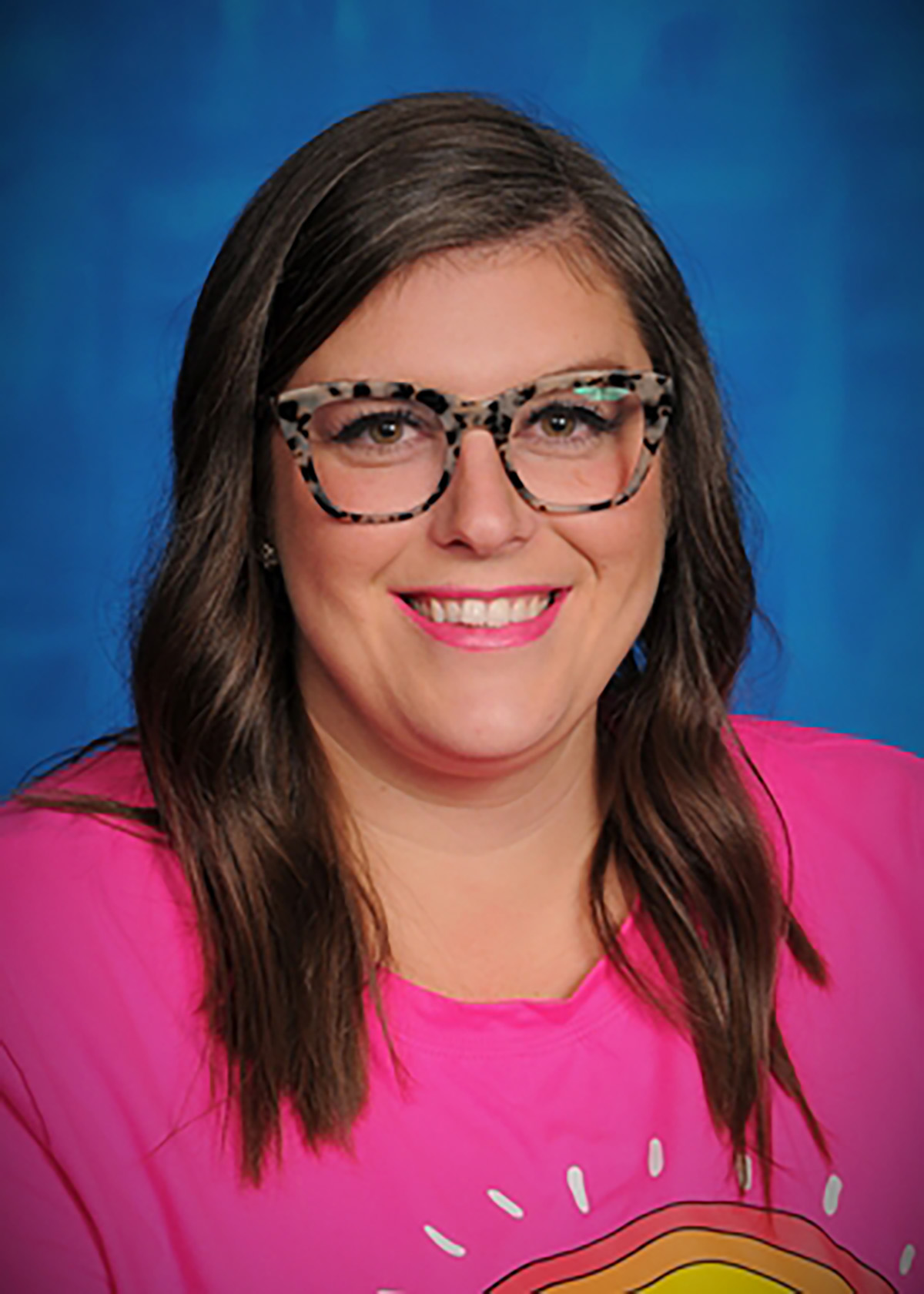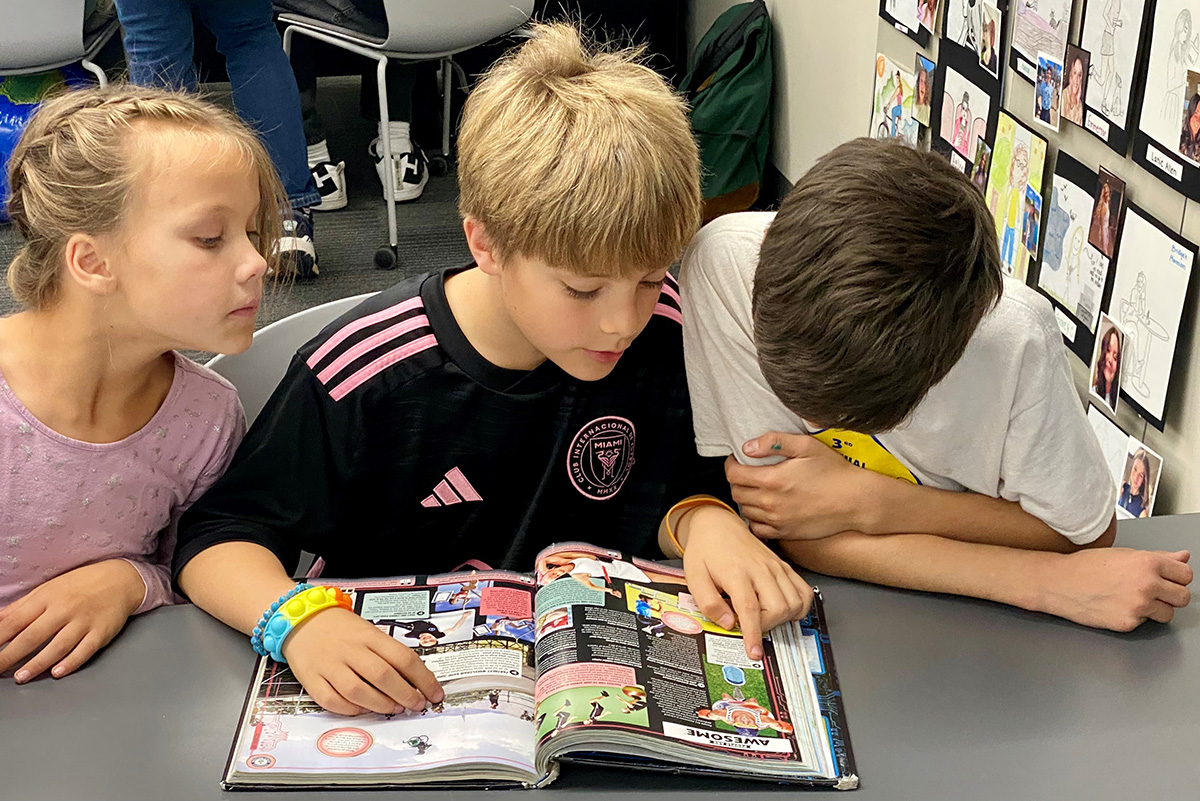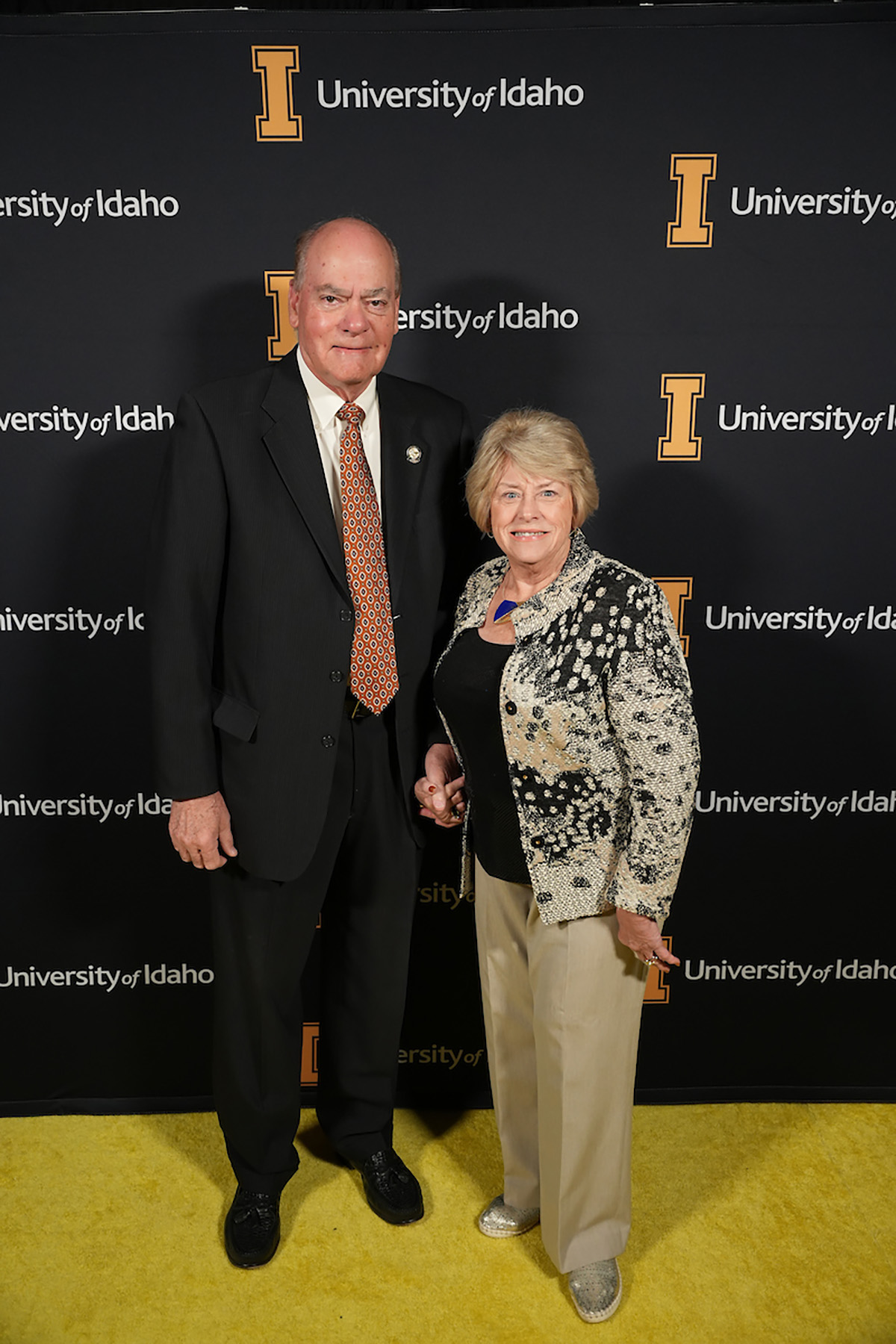College of Education, Health and Human Sciences hosts regional elementary school teachers to discuss early childhood literacy strategies
EHHS, U of I donors seek to improve early literacy statistics in Idaho
Krysta Swanger has seen the statistics about literacy rates in Idaho. However, after spending 15 years in the classroom, she feels making improvements with elementary students is a marathon, not a sprint.
“I try to make reading fun but I’m also a little persistent about it,” said Swanger, who teaches third grade at McDonald Elementary School in Moscow. “I think if you steer them toward books they will enjoy and get them to keep making small strides, all of a sudden, at the end of the school year, you have someone who loves to read.”
Addressing this problem in Idaho where kids are not reading at grade level is critically important for the state. If kids don’t have the ability to read, they’re going to be hampered for the rest of their lives.Jim Reid, Garth and Frances Reid Literacy Initiative
Swanger was one of over thirty regional educators who attended the Vandal Early Literacy Symposium in July at University of Idaho. Sponsored by the College of Education, Health and Human Sciences (EHHS), and supported by the Garth and Frances Reid Literacy Initiative, the group met for three days, discussing effective literacy strategies for elementary school classrooms.
This year’s program was the latest presentation supported by the initiative to address early childhood literacy. Hailey residents Jim and Tedde Reid created the initiative as a way to honor Jim’s parents for their involvement and dedication to literacy and education, while also giving teachers the opportunity to bring new ideas into their classroom.
“I think it was a great way to honor them,” Jim Reid said. “Addressing this problem in Idaho where kids are not reading at grade level is critically important for the state. If kids don’t have the ability to read, they’re going to be hampered for the rest of their lives.”

Identifying the problem
As she kicked off the symposium, Kirsten Pomerantz, an elementary education instructor at EHHS, challenged the attendees to ask themselves “what is their why” – what drives them to be elementary school teachers.
Responses included variations of (a) wanting to emulate their favorite teacher for their students, (b) wanting to help at-risk or marginalized parts of the student population and (c) wanting to see Idaho’s literacy statistics rebound.
The exercise allowed attendees to remember why they started their journey before talking about the current challenges in supporting good reading habits.
According to 2023 figures from the World Population Review and the Idaho Department of Education:
- 16% of Idaho’s kindergarten students read below grade level
- 18% of Idaho’s first and second grade students read below grade level
- 39% of Idaho’s fourth grade students read below grade level
Teaching elementary school children to love reading in a world filled with electronic distractions is an uphill battle. Ironically, one of the ideas for improving reading literacy discussed at the symposium focused on reading through the use of electronics.
Judi Dodson, a national LETRS (language essentials for teachers of reading and spelling) trainer and literacy consultant, spoke about interactive computer programs like Lexia, which aids student growth in reading by combining personalized support and instruction with a fun setting.
The group also discussed different types of activities designed to pique the interest of students, such as games and activities revolving around phonics.
“This was the first extended learning opportunity I’ve had since college,” said Sophia Curet, a literacy assistant at McDonald Elementary. “This allows me to take the information to my students so I can make an immediate impact.”
Another topic of discussion was the science of reading – how the brain processes reading instruction and one of the main ideas behind computer-based teaching methods like Lexia.
“Learning how the brain works when students are learning was really eye opening,” Swanger said. “It helps us give all our students better instruction and can also help reduce dyslexia and other learning disabilities that can affect literacy rates.”
Kirsten L. Pomerantz,
Instructor, Elementary Education

Elevating education
Teachers change lives every day. Their dedication, passion and hard work inspires students to dream big and achieve even more. Thank you for the countless hours you spend shaping the future – one student at a time.
Family tradition
The Reids’ connections to U of I run deep. Jim’s parents attended U of I, where Garth earned both his bachelor’s and master’s in education degrees and Frances took courses to obtain her teaching certificate. A dedicated English and creative writing teacher, Frances wrote several books, embodying a lifelong commitment to literacy and education.
Recognizing the need for enhanced literary initiatives in Idaho, the Reids created their program to help address the state’s educational challenges.
“We wanted to do something to honor their legacy and impact in Idaho education,” Jim Reid said.
Beyond their commitment to the Garth and Frances Reid Literacy Initiative, the Reids are actively engaged in other U of I initiatives. Jim serves on the College of Business and Economics (CBE) advisory board, while Tedde enjoys her role as a judge for CBE’s Idaho Pitch, an event where student teams pitch products to business leaders and investors while competing for cash prizes.
Instructors like Swanger and donors like the Reids understand that a key to improving literacy can be as simple as a strong connection between teacher and student – one that the student will remember well after their classroom interactions are complete.
“A couple former students of mine are now college freshman,” Swanger said. “I remember one of them saying he hated reading in elementary school. But together, we were able to get to the point where he liked to read. Now he’s in college.”
Tedde remembered a similar story about Francis Reid.
“When she passed at 97, we had the funeral in Boise,” Tedde said. “I was amazed by how many people came and remembered her not only as their teacher, but as their favorite teacher.”

Article by David Jackson, University Communications and Marketing and Kassidy Wigen, College of Education, Health and Human Sciences
Photos by Garrett Britton, University of Idaho Visual Productions, Melissa Epler, College of Education, Health and Human Sciences and courtesy photo from Krysta Swanger
Published in November 2024










